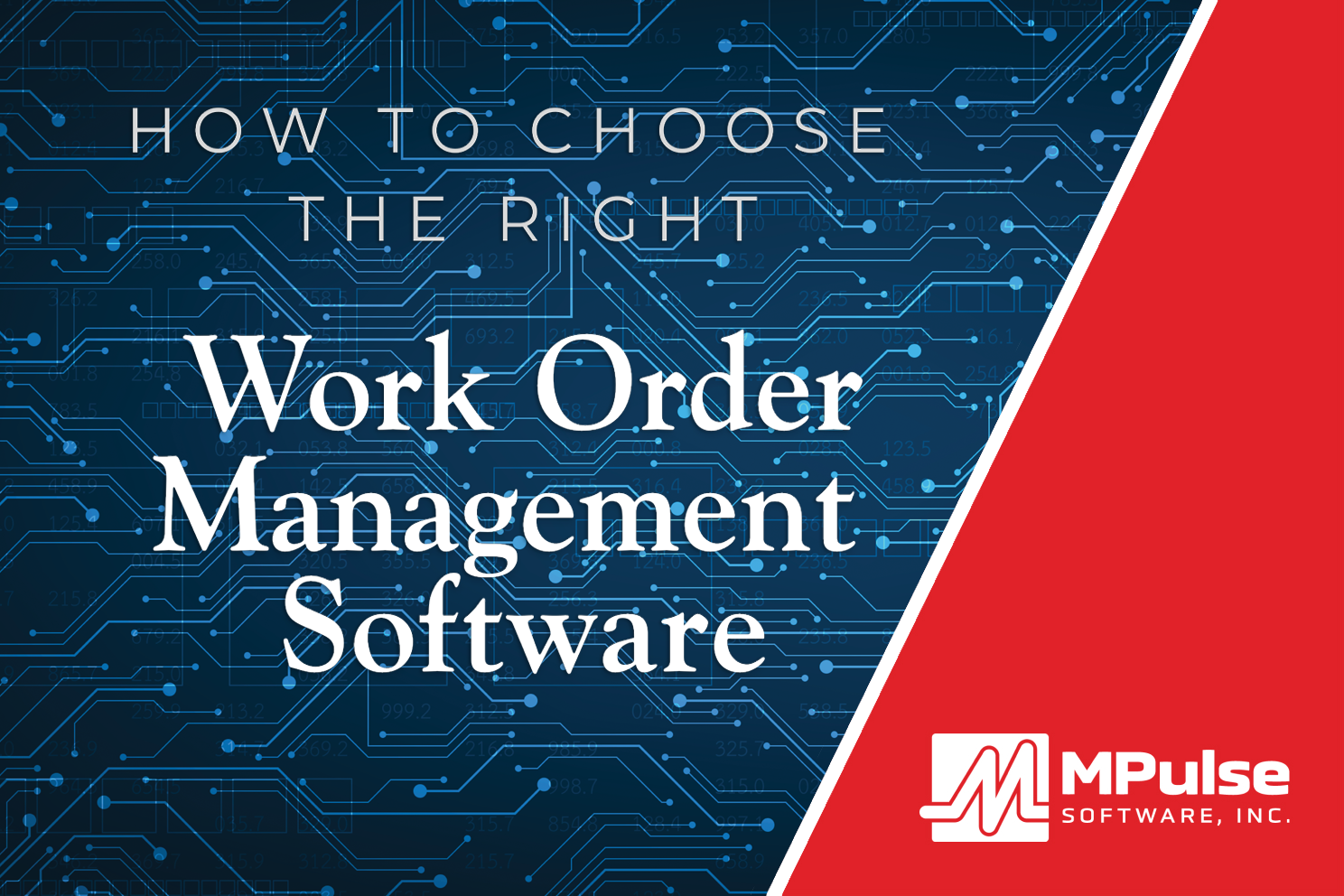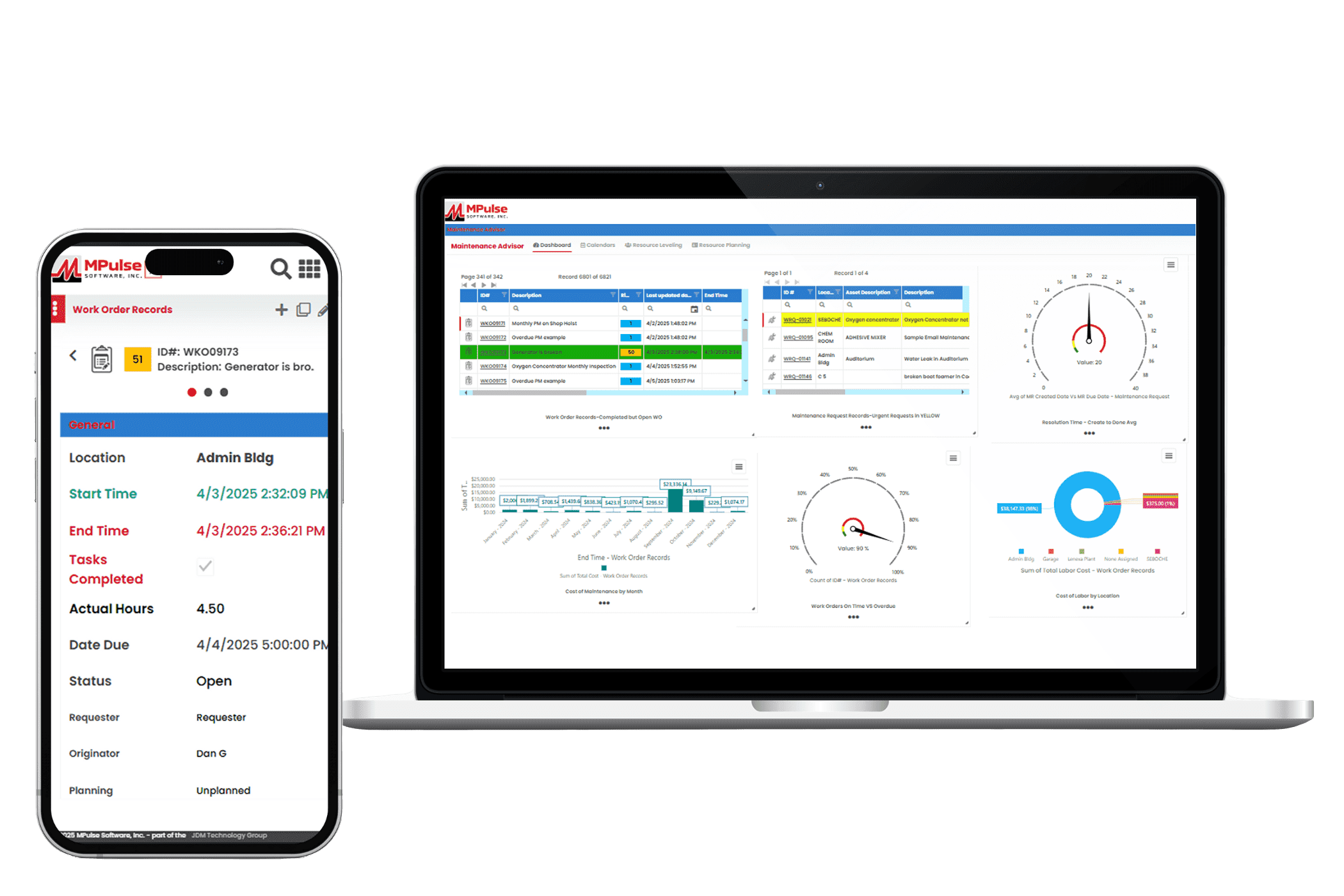Labor is a big part of any organization’s budget. Managing your employees and contractors provides a direct link between the people you depend on and the maintenance work that needs to get done.
Yet costly HR pitfalls for small businesses and enterprise organizations alike can make labor resource management difficult.
Table of Contents
What is Labor Resource Management?
Labor resource management refers to the process of distributing and managing the volume of work across your team. It starts by tracking all facets of employee records: status, skill level, billing rate, contact information, and more.
In addition to basic information, organizations track employee attendance, illness records, work productivity, and overtime hours. Plus, you can match employees or vendors to the assets they maintain, and assign tasks accordingly.
Let’s talk about five most common human resource management challenges in labor resource management.
Staffing Levels
Personnel management starts with appropriate staffing levels. Labor resource management helps you accurately estimate labor hours for tasks, making sure your staffing levels match the workload.
This type of labor cost analysis can determine when it’s more efficient to add more staff members instead of paying your current employees more overtime. You also can automate schedules for both employees and contract workers, as well as eliminate lost information between shifts to reduce confusion and errors.
Employee performance tracking helps you determine which employees are most efficient at which tasks, enabling managers to balance the workload. By tracking repair times, you can create benchmarks for your organization as well.
Training
Maintenance is a skilled profession, and training must be consistent to develop your team’s individual and group skill sets. As a result, a successful maintenance management program requires well-trained people and a system set up right to work with your company’s assets and business processes.
Professional training services can markedly accelerate your success. Training is the fastest way to improve your maintenance team’s efficiency and get the best return on investment (ROI).
Start by identifying the formal and informal job training needed, then schedule it accordingly. And don’t forget about training yourself as well. The payoff is far greater than the cost.
Documentation
As every maintenance professional knows, if it wasn’t documented, it didn’t happen. Labor resource management should track all facets of your employee records: status, skill level, billing rate, contact information, and more. That includes performance-related discussions with employees.
MPulse customers can use our software to easily match employees or vendors to the assets they maintain, and assign tasks accordingly. In addition to basic information, you can track employee attendance, illness records, work productivity, and overtime hours in MPulse.
Safety
Maintenance teams are responsible for the safety of your entire organization, as well as their own safety. Additionally, maintenance professionals must quickly respond in an emergency, such as bad weather; unplanned breakdowns to a major facility asset, like an HVAC system; and smaller unplanned events.
Workers often use equipment that, if not properly used, can result in accidents or health problems. Safety requires a comprehensive preventive maintenance plan to ensure manufacturers’ recommended maintenance tasks happen on time.
All these safety issues require a lot of documentation, particularly for creating procedures and recording maintenance activities. Our customers use MPulse CMMS software to…
- Update safety procedures
- Document safety training
- Publish safety data as a reminder to employees
- Standardize checklists for scheduled inspections
- Create a paper trail showing preventive measures
- Detail emergency procedures in case of a natural disaster or other incident.
Communication
Employees should always understand what’s expected of them and what rules, policies, and regulations they must follow. Additionally, if your standards and rules change, employees should be informed and sign a document testifying to the fact that they understand these changes. That also goes for new safety standards, protocols, and regulations, particularly those that include the most current federal and state laws.
Remember to update your employee handbook with all policies. That includes information on at-will employment, discrimination, harassment, leaves, drugs and alcohol, and background checks. In addition, be sure to obtain a signed acknowledgment of receipt and understanding forms for each employee. Handbooks also should be reviewed annually for changes in your practice.
Take the long-range perspective of labor resource management, and you’ll reap the rewards.
Have questions? Contact us. We’re here to help.






